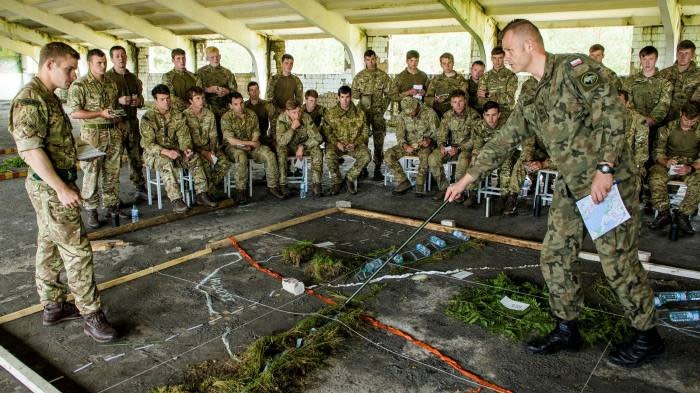IB DP History Class: Ukraine through the lens of history

Roula Khalaf, Editor of the FT, selects her favourite stories in this weekly newsletter.
This article picked by a teacher with suggested questions is part of the Financial Times free schools access programme. Details/registration here.
Specification Soviet control
Connections with the DP History of Europe Option 18: postwar central and eastern Europe (1945—2000) — Consequences of the collapse of Soviet control in central and eastern Europe
Key terms and ideas Soviet control in eastern Europe
Click to read the article below and then answer the questions:
Ukraine through the lens of history
This is a review of two new books by Yale historians — Mary Sarotte’s ‘Not One Inch’ and Vladislav Zubok’s ‘Collapse’ — by Rodric Braithwaite, who was British ambassador in Moscow from 1988 to 1992.
The review explores the critical period as the Soviet Union collapsed, and the shifting political order in eastern Europe at the end of the Cold War. It explores how ‘animosity between Moscow and Washington over Nato’s future became central to the making of a post-cold war political order that looked much like its cold war predecessor’.
For DP History teachers, this would be an excellent resource for teaching the consequences of the collapse of Soviet control in eastern Europe. As the article makes clear, Nato had justified the American’s dominant position in Europe, and they had ‘no intention of giving it up’.
Whilst publicly establishing the ‘Partnership for Peace’ to associate Russia with Nato’s work, ‘American bureaucrats who believed that Nato should expand to include the whole of eastern Europe drove their ideas with ruthless effectiveness’.
In what ways did America take differing public and private attitudes to Nato’s position in eastern Europe at the end of the Cold War?
What were the consequences of the proposed Nato expansion into eastern Europe?
What did American actions during this period look like from a Russian perspective?
Ned Riley, historyrising.net
Comments